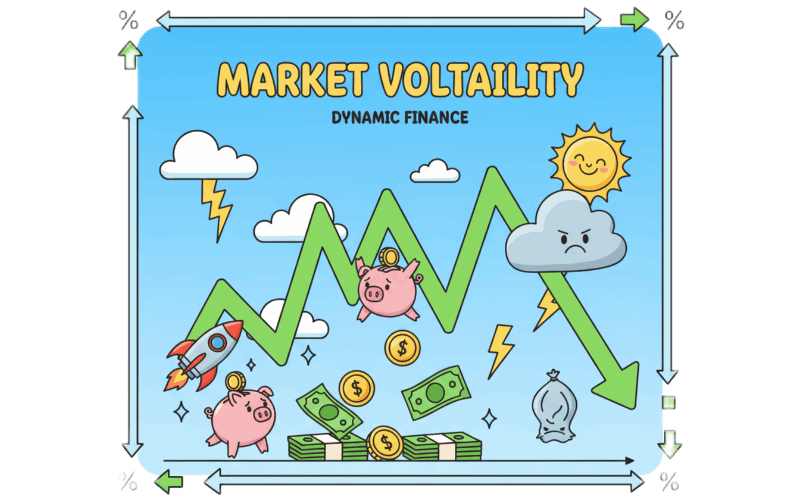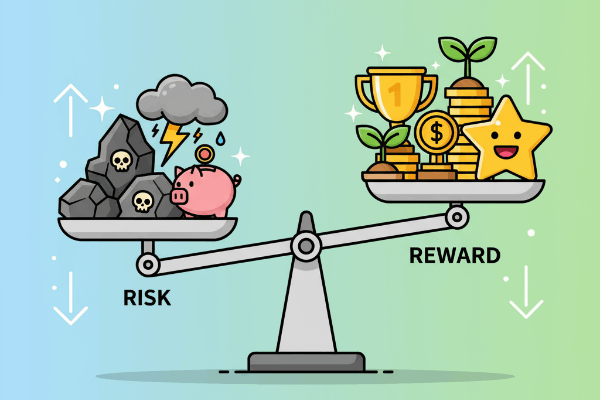For many traders, the word "volatility" brings a mix of excitement and fear. Sharp, rapid price movements can lead to significant profits, but they can just as easily result in substantial losses. As we look ahead in 2025, understanding and preparing for market volatility is not just an advantage—it's essential for survival. This guide will provide you with a framework for navigating these turbulent waters successfully.
What is Market Volatility and Why Does it Matter?
Market volatility is a measure of how much the price of an asset fluctuates over a given period. High volatility means prices are changing dramatically, while low volatility indicates more stability. It's often driven by major economic news, geopolitical events, changes in interest rates, or shifts in market sentiment.
For traders, volatility is the engine of opportunity. Without price movement, there's no potential for profit. However, the increased speed and magnitude of these movements also amplify risk. The key is not to avoid volatility, but to learn how to manage it.
Core Strategies for Trading in Volatile Markets
A reactive approach to volatility is a recipe for disaster. A proactive, strategic plan is your best defense and offense.
1. Adapt Your Risk Management
Standard risk parameters may not be sufficient when markets are swinging wildly. During periods of high volatility, your first job is to protect your capital.
- Reduce Position Sizes: This is the simplest and most effective way to reduce your risk. If you normally trade one lot, consider reducing to 0.5 or 0.25.
- Widen Your Stop-Loss Orders: Volatile markets can trigger tight stops prematurely due to random noise. A wider stop gives your trade more room to breathe, but it must be paired with a smaller position size to keep your total dollar risk the same. This concept is central to **effective risk management**.
2. Focus on Clear Trends and Breakouts
Volatility often creates strong, directional trends. Instead of trying to pick tops and bottoms, focus on identifying the prevailing trend and trading with it. Breakout strategies can be particularly effective, where you enter a trade after the price decisively breaks through a key level of support or resistance.
3. Stay Informed, But Avoid the Noise
Know when major economic announcements are scheduled by using an economic calendar. Events like interest rate decisions or inflation reports are major drivers of volatility. While it's crucial to be aware of these events, it's equally important to avoid getting caught up in the minute-by-minute media hype. Stick to your trading plan rather than reacting emotionally to headlines.
The Psychological Edge: Your Most Important Tool
The biggest challenge in volatile markets isn't analytical; it's psychological. The rapid price swings can trigger powerful emotions like fear and greed, leading to impulsive decisions. Maintaining discipline is paramount.
Your trading plan is your anchor in a stormy sea. It should define your entry, exit, and risk parameters *before* you ever place a trade. When the market is chaotic, your plan provides clarity and prevents emotional decision-making. As we've discussed before, **mastering your trading psychology** is often what separates successful traders from the rest.
Conclusion: Embrace Volatility with Preparation
Market volatility in 2025 doesn't have to be a threat. For the prepared trader, it's an environment rich with opportunity. By adapting your risk management, focusing on clear strategies, and maintaining psychological discipline, you can not only survive but thrive in turbulent markets. The key is preparation: have a plan, stick to it, and never stop learning.



